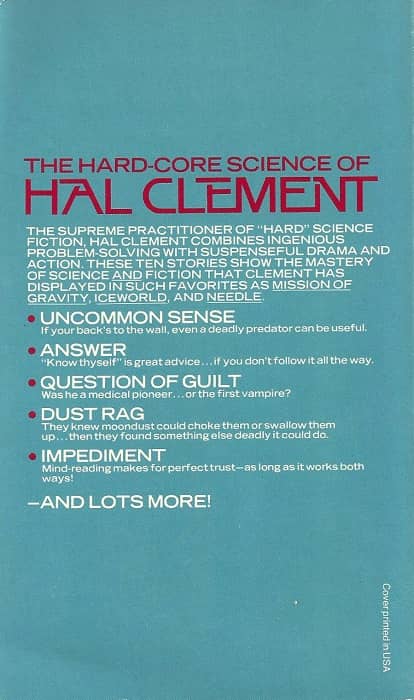The Art of Author Branding: The Pocket Marta Randall
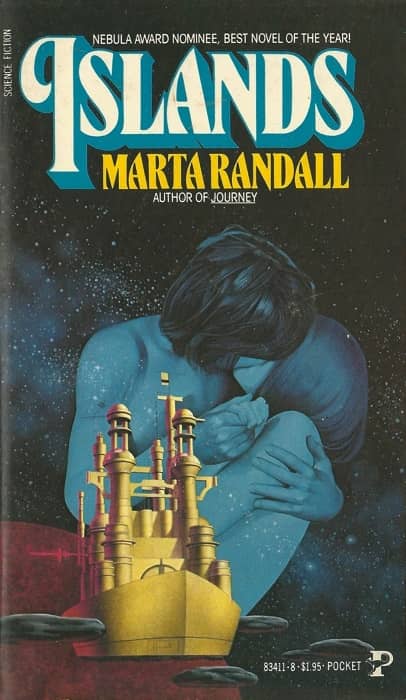 |
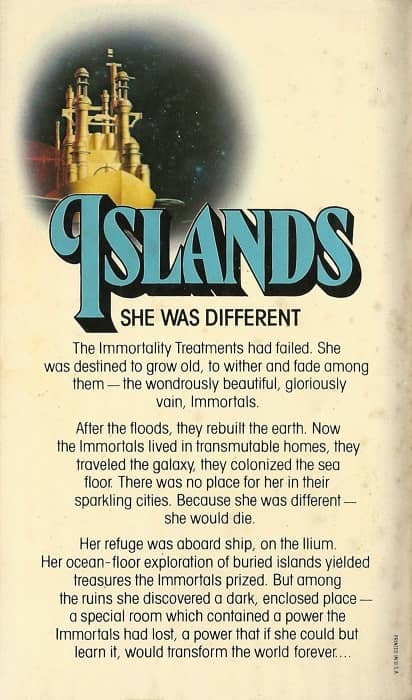 |
Islands (Pocket Books, May 1980). Cover uncredited
Marta Randall is a science fiction pioneer. She was the first woman president of the Science Fiction Writers of America, and took over the groundbreaking New Dimensions anthology series from Robert Silverberg in the early 80s. She also taught SF writing at Clarion (East and West) and other places.
Of course, before all that was a successful writing career. Her first novel A City in the North was published in 1976 by Warner Books. More followed in rapid succession, including Nebula nominee Islands that same year, The Sword of Winter (1983, we talked about that one here), Those Who Favor Fire (1984), and a pair on novels in the Kennerin Saga: Journey (1978) and Dangerous Games (1980).
Islands and Journey are the ones I want to look at today. Here’s John Clute from The Encyclopedia of Science Fiction, putting the first one in context.
Randalls’s first and perhaps most successful novel, Islands (1976; rev 1980), movingly depicts the life of a mortal woman in an age when Immortality is medically achievable for all but a few, including the protagonist. To cope with her world she plunges into the study of archaeology, and makes a discovery which enables her to transcend her corporeal life.
Sharp-eyed readers will note Clute’s reference to a 1980 revision; that edition of Islands was released four years after original publication by Pocket Books in a reworked version that added an additional 21 pages (see above). And not incidentally, it was also packaged with one of the cleaner examples of author branding from the era.


 Back in my 2014, my first year covering the Fantasia Festival for Black Gate, I reviewed an animated movie called
Back in my 2014, my first year covering the Fantasia Festival for Black Gate, I reviewed an animated movie called 

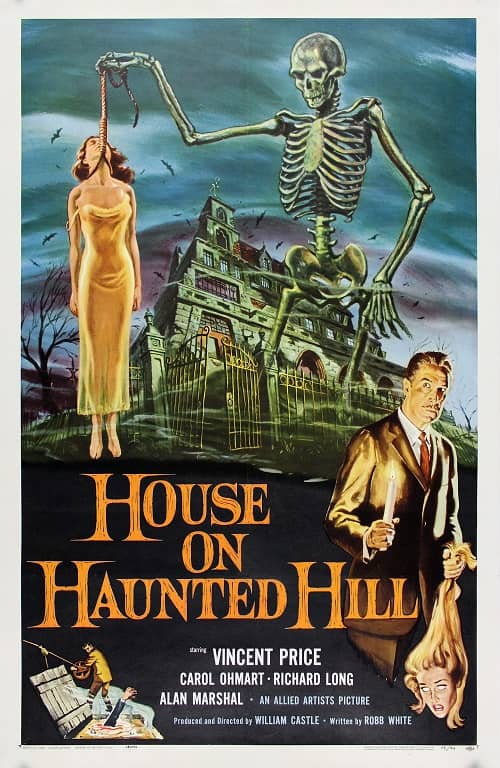
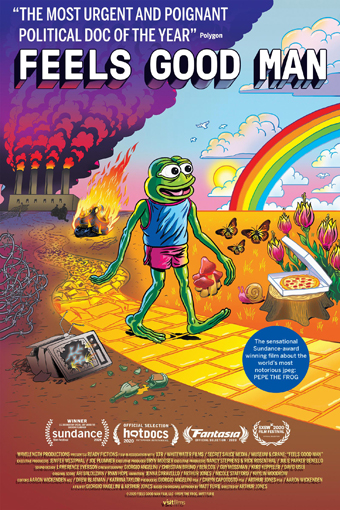 I try to keep an eye on comics, but like many people my first exposure to Pepe the Frog was as a poorly-drawn meme spouting racism. I remember reading about Pepe’s comics origin, but the name of Matt Furie, the cartoonist who created him, remained a piece of trivia. As did his comic Boy’s Club, where the frog first appeared. Now there’s a documentary telling the whole story of Furie, Pepe, and Boy’s Club — a tale of politics, appropriation, and how art can be used in ways the artist could not imagine, for worse and for better.
I try to keep an eye on comics, but like many people my first exposure to Pepe the Frog was as a poorly-drawn meme spouting racism. I remember reading about Pepe’s comics origin, but the name of Matt Furie, the cartoonist who created him, remained a piece of trivia. As did his comic Boy’s Club, where the frog first appeared. Now there’s a documentary telling the whole story of Furie, Pepe, and Boy’s Club — a tale of politics, appropriation, and how art can be used in ways the artist could not imagine, for worse and for better. 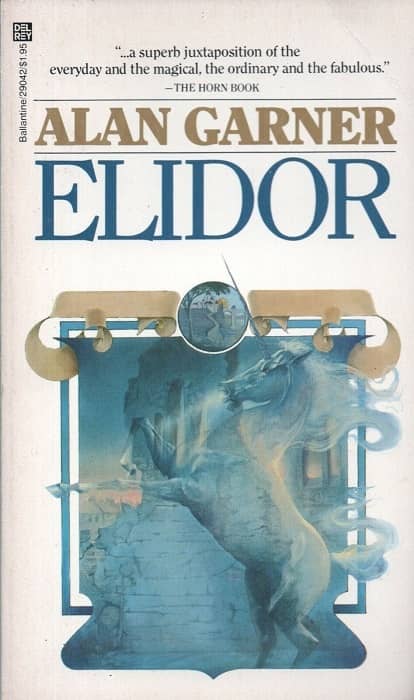
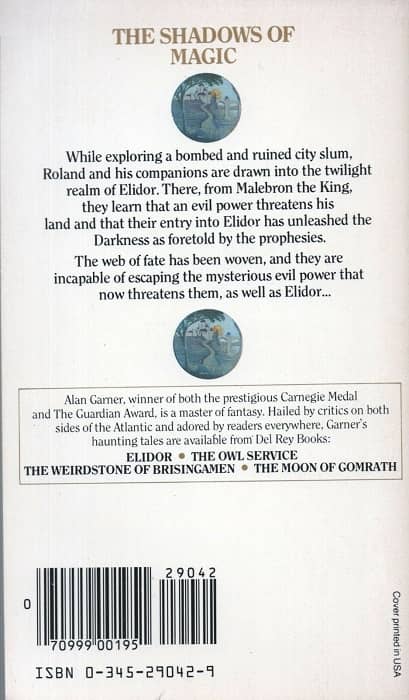
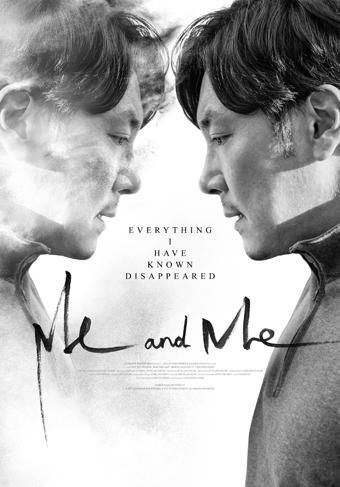 One of the genuinely wonderful things about covering a film festival is occasionally getting to be among the first audiences for a movie trying something new. That is, being an early viewer of a movie that does things unlike other movies, and getting to make one’s own mind up on whether those things work. Movies at a festival have often not had a critical consensus formed around them, and have not yet been defined by other writers or had their influences mapped out. You as the viewer are alone with the thing, almost contextless, in a way that’s rare these days.
One of the genuinely wonderful things about covering a film festival is occasionally getting to be among the first audiences for a movie trying something new. That is, being an early viewer of a movie that does things unlike other movies, and getting to make one’s own mind up on whether those things work. Movies at a festival have often not had a critical consensus formed around them, and have not yet been defined by other writers or had their influences mapped out. You as the viewer are alone with the thing, almost contextless, in a way that’s rare these days.
